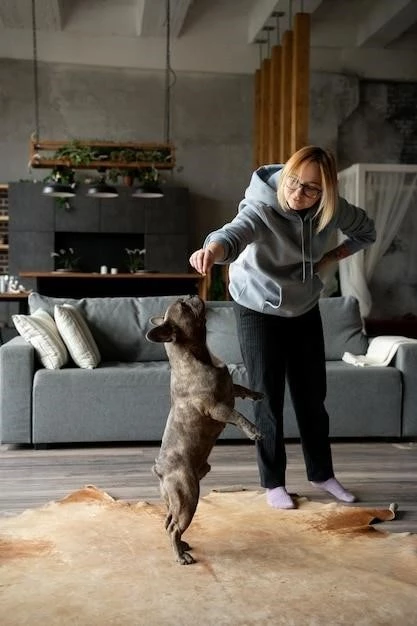Why Do Dogs Wag Their Tails? Decoding Doggy Body Language
Dogs have been our companions for thousands of years, and over time, we’ve learned to understand each other’s basic needs. But have you ever wondered what your furry friend is really trying to tell you with every bark, whine, and tail wag? Dog communication goes beyond spoken language; it’s a complex system of body language, and the tail plays a starring role.
The Tail: A Powerful Communication Tool
While we might use words and facial expressions, dogs rely heavily on body language, and their tails are like waving flags of emotion. A simple wag can convey a spectrum of feelings, from pure joy to anxiety and even warnings.
It’s Not Always About Happiness
It’s easy to assume a wagging tail equals a happy dog, but that’s not always the case. Here’s a breakdown of what different tail wags can mean:
- High and Fast Wag: Think of this as the canine equivalent of a joyful “Hello!” It usually indicates excitement, playfulness, and a genuine eagerness to interact;
- Low and Slow Wag: This often signals uncertainty or anxiety. The dog might be unsure about a person, situation, or object and is approaching cautiously.
- Tail Tucked Between Legs: This is a clear sign of fear or submission. The dog is trying to make itself appear smaller and less threatening.
- Stiff, Rapid Wag: Don’t be fooled by the speed; this can be a warning sign. The dog might be feeling threatened, territorial, or overly stimulated. It’s best to give them space.
- Wagging More to the Right: Research suggests that dogs tend to wag more to the right when they’re feeling positive and relaxed.
- Wagging More to the Left: Conversely, a left-leaning wag might indicate unease or anxiety.

Reading the Whole Picture
It’s crucial to remember that tail wags should never be interpreted in isolation. Dogs communicate with their entire bodies, so pay attention to these cues as well:
Body Posture
- Relaxed Posture: A dog standing comfortably, with a loose body and a wagging tail, is likely feeling content and approachable.
- Crouched Low: This can signal fear or anxiety. The dog might be trying to make itself appear smaller.
- Stiff Body, Weight Forward: This can be a sign of aggression or alertness. The dog is ready to react.
Facial Expressions
- Soft Eyes: Relaxed eyelids and a “smiling” mouth indicate a happy and comfortable dog.
- Whale Eye: If you can see the whites of your dog’s eyes (the sclera), it can indicate stress or anxiety.
- Yawning or Lip Licking: While these can be normal behaviors, they can also be signs of stress or anxiety, especially in unfamiliar situations.
Vocalizations
- Barks: Barks can have various meanings, from playful to territorial. Pay attention to the tone and context.
- Whines: Whining often indicates anxiety, discomfort, or a desire for attention.
- Growls: A growl is a warning sign. Give the dog space and assess the situation.

Building a Stronger Bond
By learning to interpret your dog’s body language, including those subtle tail wags, you’ll develop a deeper understanding of their emotional state. This allows you to respond more appropriately to their needs and build a stronger, more trusting bond with your furry companion. Remember, every dog is unique, so spend time observing your own dog’s individual communication style.
Understanding dog body language is an ongoing journey, but with patience and observation, you can learn to “speak dog” more fluently, enriching your relationship with your four-legged friend.










